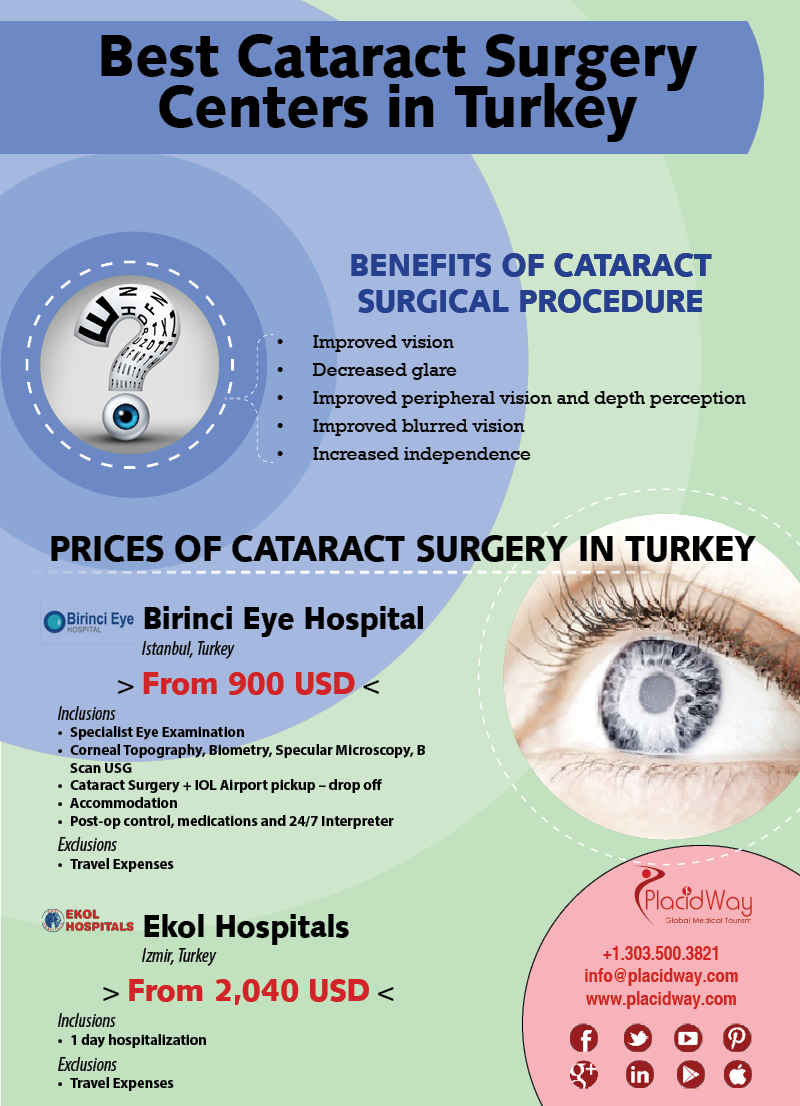What Are The Differences And Similarities In Between SMILE Eye Surgical Treatment And LASIK And PRK?
What Are The Differences And Similarities In Between SMILE Eye Surgical Treatment And LASIK And PRK?
Blog Article
Developed By-Adler Kerr
If you've been taking into consideration SMILE eye surgical procedure, you might ask yourself exactly how it stacks up against LASIK and PRK. Custom LASIK has its very own set of benefits and considerations. From quicker healing times to potential dangers, there are crucial differences you must know prior to deciding. Comprehending these differences will aid you make an enlightened option that lines up with your certain requirements and expectations. Interested to know more concerning exactly how these treatments compare carefully? Go on discovering to get a thorough understanding of SMILE, LASIK, and PRK.
SMILE Eye Surgical Procedure Introduction
If you're considering SMILE eye surgical treatment, you'll find it to be a minimally invasive treatment with a fast recovery time. During SMILE (Small Incision Lenticule Extraction), a laser is utilized to produce a little, accurate laceration in the cornea to remove a tiny piece of tissue, improving it to remedy your vision. This varies from LASIK, where a flap is developed, and PRK, where the external layer of the cornea is totally removed.
Among the essential advantages of SMILE is its minimally invasive nature, bring about a faster recovery procedure and much less discomfort post-surgery. The recovery time for SMILE is reasonably quick, with many people experiencing enhanced vision within a day or 2. This makes it a preferred choice for those seeking a convenient and reliable vision modification treatment. Additionally, SMILE has actually been shown to have a reduced risk of dry eye syndrome compared to LASIK, making it a beneficial option for people concerned concerning this possible side effect.
Distinctions Between SMILE, LASIK, and PRK
When contrasting SMILE, LASIK, and PRK eye surgical procedures, it's important to comprehend the distinct strategies used in each procedure for vision correction.
SMILE (Small Incision Lenticule Extraction) is a minimally intrusive procedure that involves developing a little laceration to extract a lenticule from the cornea, reshaping it to deal with vision.
LASIK (Laser-Assisted Sitting Keratomileusis) involves developing a slim flap on the cornea, using a laser to improve the underlying tissue, and after that repositioning the flap.
PRK (Photorefractive Keratectomy) eliminates the outer layer of the cornea prior to reshaping the tissue with a laser.
The primary distinction depends on the method the cornea is accessed and treated. SMILE is flapless, making it an excellent choice for individuals with thin corneas or those involved in call sports. LASIK provides quick aesthetic recovery due to the flap development, yet it may present a higher risk of flap-related issues. PRK, although having a much longer recovery duration, prevents flap-related issues entirely.
Recognizing these variations is essential in choosing the most ideal procedure for your vision improvement requirements.
Benefits And Drawbacks Contrast
To assess the advantages and drawbacks of SMILE, LASIK, and PRK eye surgical procedures, it's essential to think about the certain benefits and potential constraints of each treatment. SMILE surgical treatment offers the benefit of a minimally intrusive treatment, with a smaller laceration and potentially quicker healing time compared to LASIK and PRK. It likewise lowers the threat of dry eye post-surgery, a common adverse effects of LASIK. However, SMILE might have constraints in dealing with higher levels of myopia or astigmatism contrasted to LASIK.
LASIK surgical procedure gives rapid visual recuperation and minimal pain throughout the procedure. It's very efficient in treating a vast array of refractive errors, including myopia, hyperopia, and astigmatism. Yet, LASIK carries a danger of flap issues, which can affect the corneal structure.
PRK eye surgery, while not as preferred as LASIK, prevents creating a corneal flap, lowering the threat of flap-related complications. It's suitable for people with thin corneas or uneven corneal surface areas. Nevertheless, PRK has a much longer healing time and might involve a lot more discomfort during the healing procedure.
Keep Reading , when it pertains to selecting in between SMILE, LASIK, and PRK, think of it like choosing the ideal pair of shoes. SMILE resembles a streamlined, comfy set of sneakers - quick and very easy.
LASIK is more like trendy high heels - flashy and quickly, but with some potential dangers.
PRK is like durable treking boots - dependable and long lasting, yet requiring a bit more time and effort.
Ultimately, the most effective choice depends upon your specific needs and preferences.
